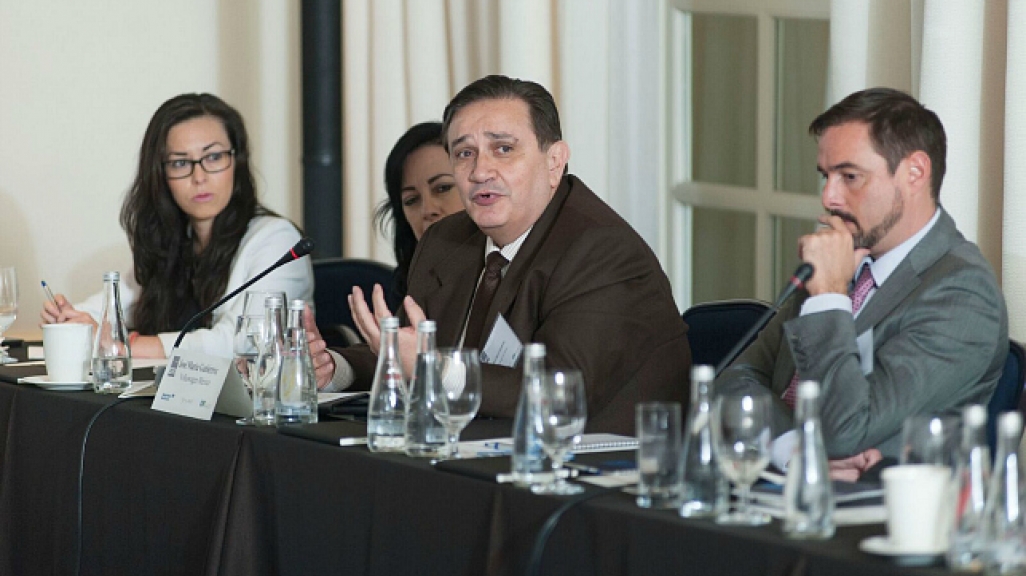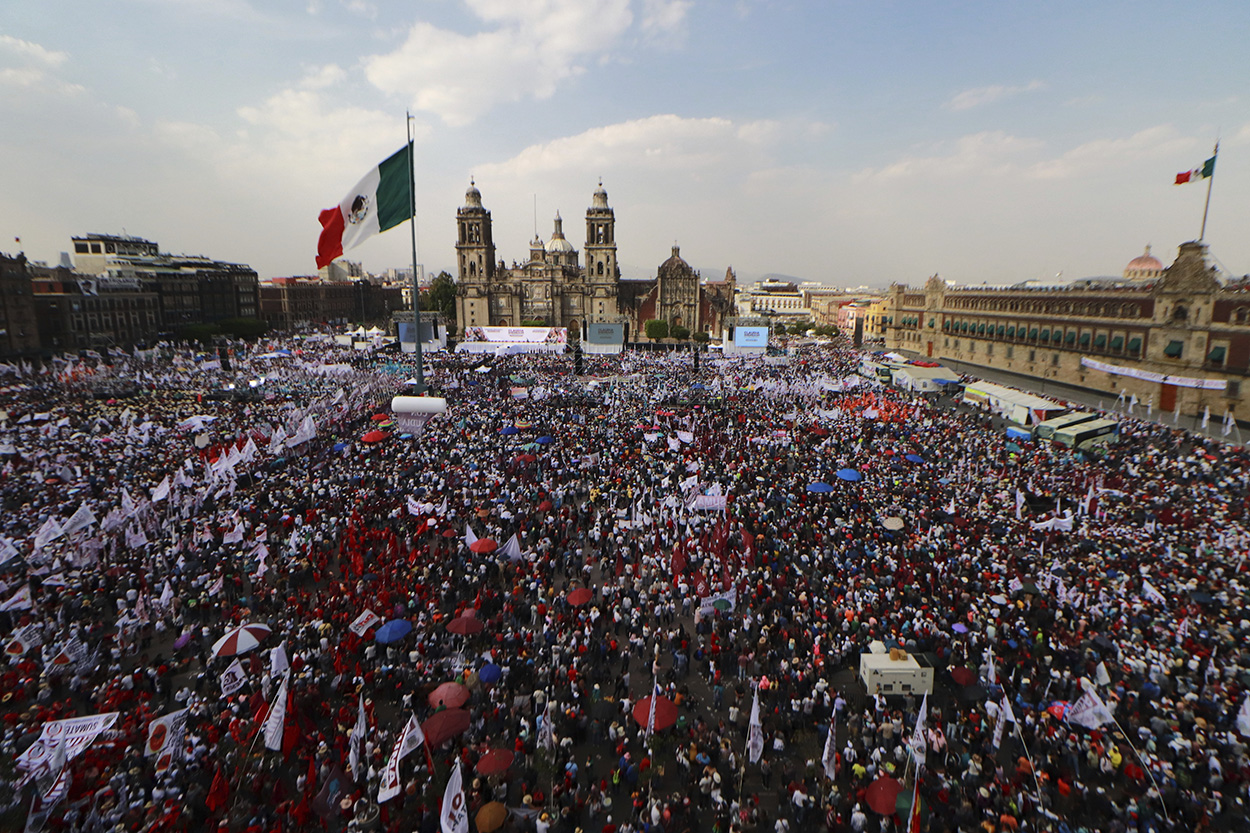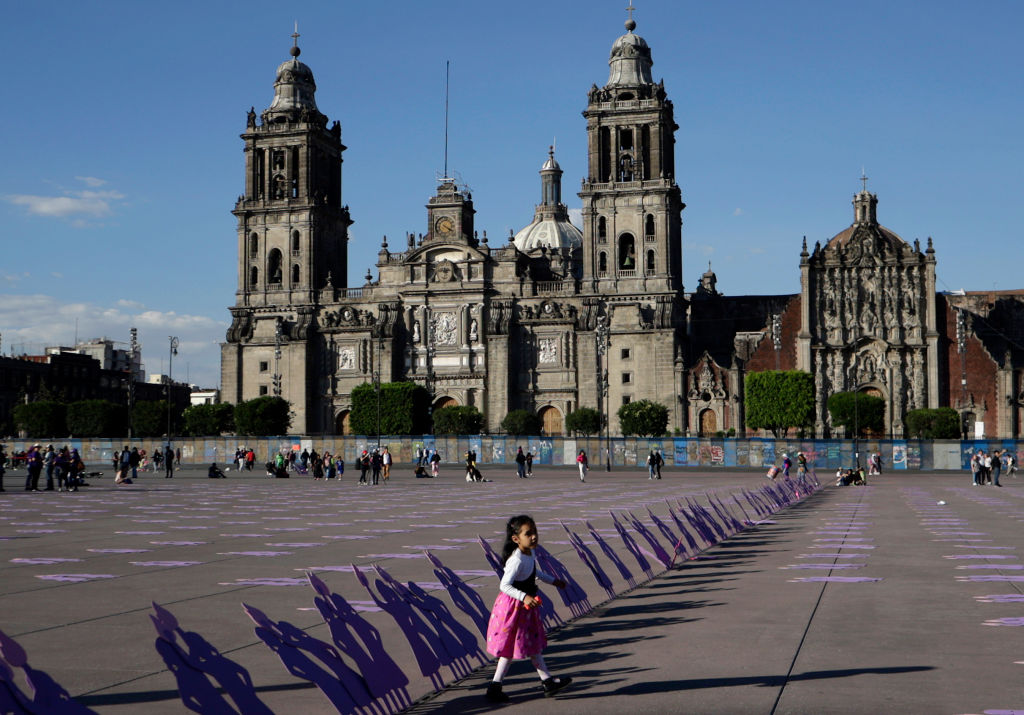Summary: CFO Forum in Mexico City
Summary: CFO Forum in Mexico City
Despite a shaky global financial outlook, Mexico shows signs of stability, said a speaker at the forum.
A new era for Latin American companies
As Latin America leaves behind the commodity boom of the 2000s, it's time for companies to look to technology, innovation, eco-friendly policies, and internationalization to remain competitive. With education still being one of the region's main challenges, governments should prioritize the development of human capita and close the infrastructure gap in order to reach growth rates of 4 to 5 percent.
It may be hard—but not impossible—to confront these challenges, as the region's top business leaders seem well prepared to face the future. None of the non-financial economic sectors in Latin America had a negative average EBITDA Margin out of 100 of the largest companies that are listed in different regional stock exchanges.
These were some of the main points made by Moira Paz, CAF-Development Bank of Latin America’s Mexico director, and Santiago Gutiérrez, Editora Latin Trade’s executive editor, at the opening of May’s Council of the Americas CFO Forum at the Four Seasons Mexico City.
Best Practices in Foreign Exchange Management
"Currency exchange risks can put the whole company at stake. Therefore, it is essential to make decisions based on an analysis of your markets and what's happening with their currencies," said Volkswagen de México Risk Manager José María Gutiérrez. He made these remarks during the workshop on best practices for foreign exchange management, the first of two interactive discussions.
In order to best deal with foreign exchange management, financial executives should use their risk management experience and give their teams the right tools and training, as well as have an external control of lines of credit, said Industrias Peñoles’ Corporate Manager of Treasury Martha Elena Santamaria, who co-led the conversation.
Participants agreed that better technology is needed to streamline operations. The point was raised by Treasury and Finance Director of Spanish energy company Iberdrola Alexander Goyeneche, who mentioned that in Spain, his company works with a panel of 12 banks simultaneously through an electronic trading platform.
The Evolving Role of the CFO in Leading Business Transformation
The second session of the event focused on the evolving role of CFOs.
Far from being tied exclusively to the numbers of the company, a CFO is an ally of the CEO in everything that pertains to a company's business and future. "A CFO is a co-pilot," said Jaime Coca, deputy financial director of retail firm Chedraui.
The profile of a CFO in today's environment includes being leaders who take part in building the future of a company. They must be empathetic and have a say on commercial, logistics, systems and operational topics. They must welcome new technology, and promote its use. A CFO must also promote change, with a vision to the future, agreed forum guests participating in the discussion.
Distinguished Speaker Presentation: Javier Guzmán Calafell, Deputy Governor, Banco de México
The turbulence in financial markets at the start of 2016 has been gradually receding, mainly as a result of expectations about the performance of the U.S. economy, a recovery in commodity prices, and figures that suggest an improvement in China’s economy. But the global financial situation is still fragile, said Banco de México Deputy Governor Javier Guzmán Calafell.
Despite the global outlook, Mexico shows a degree of stability, and over the next few months, the economy should recover, boosted by growth in the U.S. manufacturing industry. Inflation has consistently been below 3 percent, a figure never seen before in Mexico, and the effect of a higher exchange rate has not been felt yet on inflationary expectations.
Economic and Market Outlook 2016
Mexico is different in macroeconomic terms from other countries in the region due to its stable growth and record-low inflation, said Bank of America Merrill Lynch’s Chief Mexico Economist Carlos Capistrán at the start of his presentation on Mexico's outlook. He forecast that Mexico's economic growth will reach 2.2 percent in 2016 and 2.5 percent next year.
But growth will not be the same in all sectors. "Something that's happening in Mexico, similar to other developed economies, is a large divergence between manufacturing and services. In Mexico there is currently a weakened manufacturing industry, but strong services. This is expected to continue throughout the year," he said. Manufacturing will grow at 1 percent while services will grow 3 percent this year.
In general, Mexican macroeconomics look good, but there are important external risks. Among them are the slowdown of the Chinese economy, anti-globalization rhetoric from U.S. presidential candidates, and the outcome of the Brexit referendum.
Mexico will have to deal with a public expenditure cut, which will particularly hurt state oil firm Pemex. This implies a drop in production and, as a result, less government revenue. However, fiscal discipline is the right prescription to stabilize the country and regain growth with low inflation, said Capistrán.
This summary was prepared by Latin Trade.








